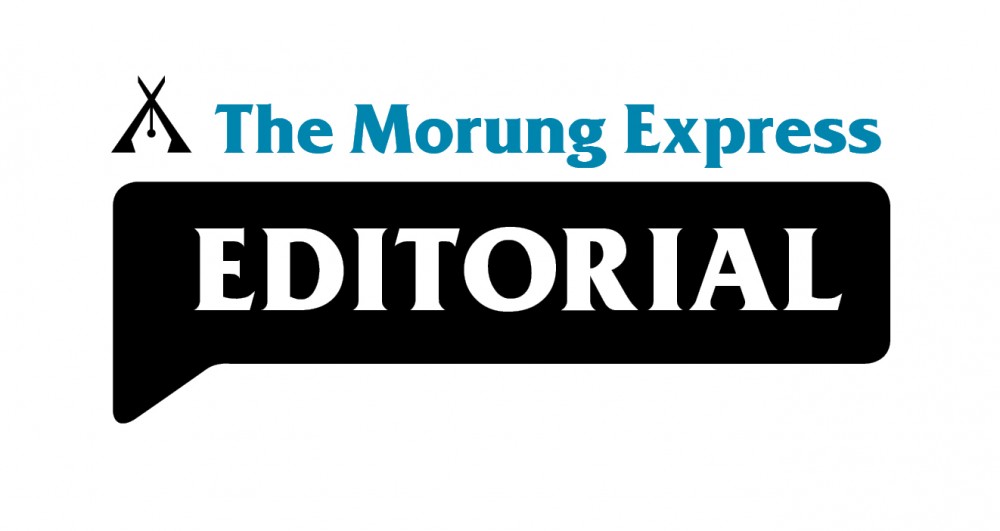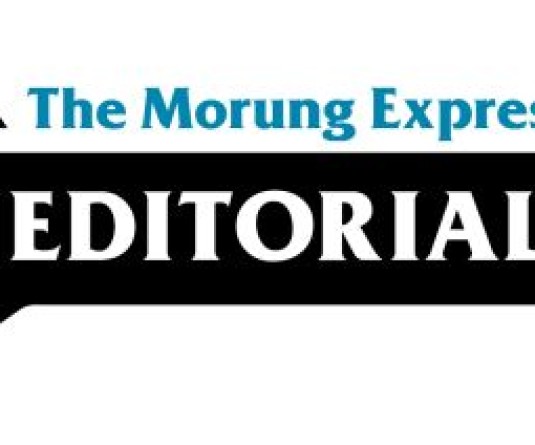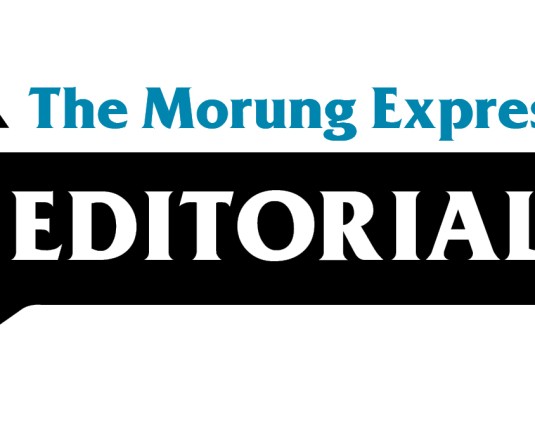
Moa Jamir
Skilled health workers in rural areas are one of the most essential components in achieving the often-vaunted ideals of providing quality and affordable access to healthcare for any government. In the “Nagaland Sustainable Development Goal Vision 2030,” the State Government of Nagaland has also envisaged the provision of ‘equitable, affordable and quality healthcare services to the people of the State’ by 2030.
Apart from physical health infrastructure, to achieve the vision, the availability as well as provision of the workforce, matter the most. Regrettably, this seems to be currently missing in the State’s efforts. The Rural Health Statistics (RHS) 2020-21, released this month by the Statistics Division, Ministry of Health and Family Welfare (MoHFW), Government of India, affirms such a conclusion.
Among others, the survey clearly illustrated how rural residents face a variety of barriers in accessing at least minimum healthcare, for the want of skilled workforce, as well as, infrastructure. No doubt, the survey depicted considerable increase in the number of health centres in Nagaland in the recent past; however, such expansion was not augmented with the provision of skilled health workers, particularly in the Tier II and III, of the three-tier healthcare infrastructure system in rural areas.
The rural health care system in India, in recent years, has progressed into the system with Sub Centres (SCs) as Tier-I, Public Health Centres (PHCs) as Tier-II and Community Health Centres (CHCs) as the Tier- III and last referral centre of health service provision.
As per the survey, SCs in rural areas increased from 394 in 2005 to 427 in 2021, while there was healthy growth of PHCs from 87 to 131 during the same period. The number of CHCs, however, remained the same. Overall Nagaland had 445 SCs, 138 PHCs, 21 CHCs and 11 District Hospitals (DHs) as of March 31, 2021, for a total of 615 government healthcare centres in the State.
However, the workforce status shows a concerning mismatch. Take the case of doctors in PHCs and CHCs. Out of 131 doctors required at the PHCs, there was a shortfall of 8 doctors while the RHS data indicated the CHCs in Nagaland are making do with just General Duty Medical Officers, in an acute shortfall of the prescribed norms. A CHC, as per the Indian Public Health Standards norms, requires four medical specialists i.e. Surgeon, Physician, Obstetrician/Gynecologist and Pediatrician, supported by paramedical and other staff.
However, out of 84 specialist doctors - Surgeons, OB&GY, Physicians & Paediatricians, required, only 7 were ‘in position’ during the survey period indicating a shortfall of 77 specialists or 91.66% less than the required norms. In addition, there were huge deficiencies in other skilled professionals such as Radiographers, Pharmacists, and Laboratory Technicians at CHCs in rural areas. On the other end, at SCs, while Auxiliary Nursing Midwives (Female) were nearly double the required norms, there was a shortage of 224 Health Assistants; nursing staff at PHCs & CHCs in rural areas were also in excess.
Incidentally, while the total sanctioned doctors at District Hospitals were given as 41, a total of 192 were in position in Nagaland while 218 para-medical staff were in position against 39 sanctioned, giving a general idea of how the workforce are ‘(de)rationalised’ in the State due to various factors.
The Guwahati High Court Kohima Bench's direction to the Principal Secretary, Department Health & Family Welfare, Nagaland on April 20, 2022, to submit an “affidavit explaining as to why no medical personnel are posted at some of the medical centres” clearly exemplifies the state of affairs reflected by the RHS.
Accordingly, as the MoHFW Minister, Dr Mansukh Mandaviya noted in the foreword, the RHS data “provides the snapshot of the functional health facilities and optimize the available human resources throughout the country.” For Nagaland, correction of the concerning mismatch reflected in the RHS as well as better management of the public health delivery system must be the first steps toward providing of equitable, affordable and quality healthcare services.
For any health issues, drop a line to jamir.moa@gmail,com





